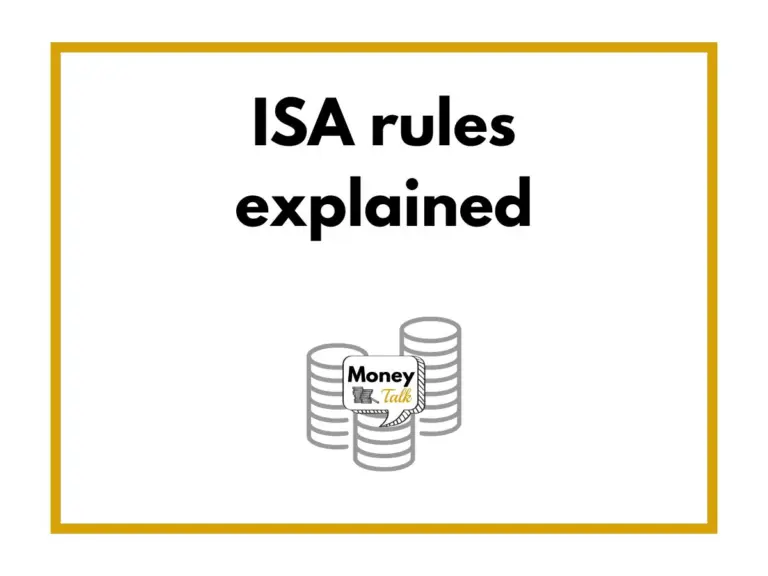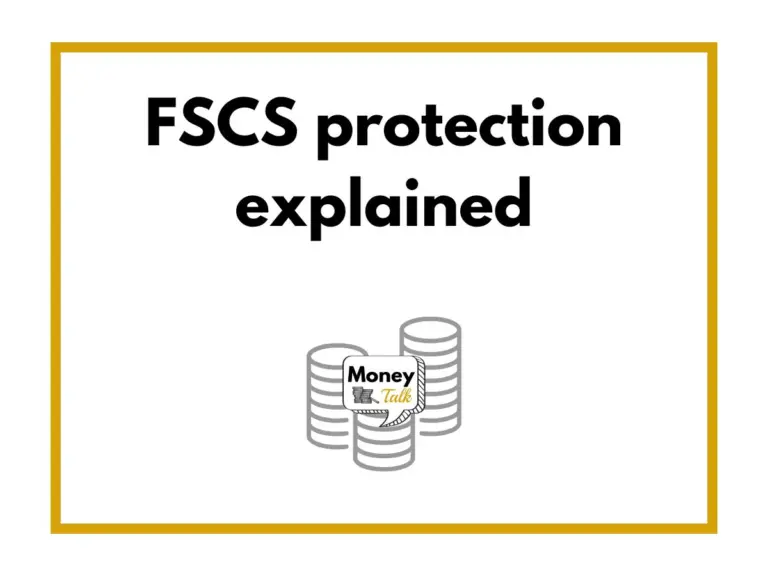10 savings challenges you need to try
Money Talk is intended to inform and educate; it's not financial advice. Affiliate links, including from Amazon, are used to help fund the site. If you make a purchase via a link marked with an *, Money Talk might receive a commission at no cost to you. Find out more here.
Savings challenges are great whether you’re trying to build up an emergency fund, want to get into the savings habit or simply need some motivation to help you reach your financial goals.
They work because they’re designed to be SMART goals — specific, measurable, achievable, relevant and time-bound.
In essence, they give you a target to work towards, and break down each step up to make the challenge feel achievable.
And there are so many to try that you’re bound to find one that works for you.
I’ve written about the no spend challenge before but there are plenty of easier ones to try – and you can play around with the amounts you save to make sure it works with your lifestyle.
The 52-week savings challenge
The 52-week savings challenge is one of the most popular challenges for those saving towards Christmas as it gives you a year to build up your savings pot.
It’s also super easy to do.
The original challenge involves saving a small amount each week, and gradually increasing the amount you save as the year progresses.
So you’ll save £1 in week one, £2 in week two, £3 in week three and so on.
By week 52, you’ll be adding £52 into your savings pot.
You can also do the 52-week savings challenge in reverse by saving a bigger amount at the start, and reducing what you save each week.
So in week one you’ll save £52, week two it’s £51, week three is £50 and so on.
The idea is that you’re a bit more motivated at the start of the challenge so it’s easier to save more than towards the end.
How much you’ll save: If you start with £1 and increase the amount you save by £1 each week, you should have £1,378 by the end of the year. The amount is of course the same in reverse.
The 1p savings challenge
Like the 52-week savings challenge, the 1p savings challenge involves saving a small amount each day, and increasing the amount you save gradually.
Instead of increasing what you save by £1 each week, you’re increasing the amount you save by 1p each day.
So you’ll start with 1p on day one, 2p on day two, 3p on day three and so on.
And of course, you can also do it in reverse – saving £3.65 on day one, £3.64 on day two, £3.63 on day three and so on – and play around with different denominations.
The low monetary value means it’s particularly popular for teaching kids to save.
How much you’ll save: Assuming you’re starting with 1p on day one, you’ll have £667.95 by the end of the year; the amount is the same in reverse.
£5 note savings challenge
If you’re normally a cash user then this challenge is quite a good one to do.
The idea is that every time you get a £5 note, you’ll put the money aside into a piggy bank.
Of course, it can be some other demonomination, like £1, or even all your coppers.
How much you’ll save: It’s hard to know with this one as it’s a bit of a luck of the draw.
Assume you get one £5 note a week then that’s £260 a year.
I personally think you could save a lot more if you put aside £1 or £2 coins as you’re more likely to get these back in change over the course of the week.
£1-a-day savings challenge
This savings challenge has almost zero gamification, but it’s easy to do and you could automate it using an app.
The idea is basically to save £1 a day – or some other nominal amount – for a year.
You can put the actual money in a savings jar, but it’s much easier to do it digitally because you’re saving the same small amount each day.
How much you’ll save: If you save £1 a month, you’ll save £365 by the end of the year.
Round up savings challenge
The idea for this one is to round up every purchase to the nearest pound, and then put all the spare change into your savings.
It’s easier to do with technology because it automates the process so you don’t even need to think about putting the money somewhere else.
NatWest, TSB and Starling Bank are just some of the banks offering round ups, though you have to opt in.
How much you’ll save: Again, how much you save here will depend on how often you spend money and what you spend it on.
MoneyBox app says its customers save an average of £12.37 per week, which works out to £643.24 a year.
Round down savings challenge
An alternative to the round up savings challenge is the round down savings challenge.
The idea is that on the first day of each month, you’ll check your bank balance.
Whatever you have, you’ll skim this off and round the amount down to the nearest £10 or even £100.
What you skim off is what you’ll put into your savings.
So let’s say you have £1,299.99 in your bank account. You’ll move £9.99 into your savings if you’re rounding down to the nearest £10, or £99.99 if you’re rounding down to the nearest £100.
How much you’ll save: The amount you save will vary each month.
If you’re rounding down to the nearest £10, you’ll save a maximum of £9.99 a month, or £119.88 a year. If you’re rounding down to the nearest £100, then you could save a maximum of £99.99 a month, or £1199.88 a year.
Weather Wednesday savings challenge
The weather Wednesday challenge is quite a fun one to do, though you’ll definitely want to put a note in your diary as a reminder.
The idea is that you check the weather every Wednesday, and the amount you save is the high temperature for that day.
So you’ll save £8 if it’s 8C and £20 if it’s 20C.
How much you’ll save: Where you live in the country will have a big impact on how much you save. And it’ll vary from year to year.
According to the Met Office, the annual average temperature highs in the UK is just 12.79C so saving that amount each week would give you £665.08 a year.
The pay yourself first savings challenge
This is one that I previously covered as part of the Money Rules series.
The idea of the pay yourself first savings challenge is that on pay day, you put aside a set percentage of your earnings before you buy anything else.
The standard amount is 10%, but of course you can adjust this accordingly.
How much you’ll save: The amount you save of course depends on your income.
In its October 2024 release, the Office for National Statistics estimated that the average weekly income in Great Britain is £648 before tax – or £33,696 a year. After tax, this is £534.25 a week, assuming no pension contributions, student loan deductions or other income and expenditure adjustments.
If you saved 10% of that, you’d be saving about £53.43 a week, or £2,778.10 a year.
The 100 envelope savings challenge
In the original version of this savings challenge, you have 100 envelopes stuffed with a different amount of money between £1 and £100.
Every week you pick two envelopes at random and save the contents.
You could play around with the numbers – for example saving just one envelope a week, or reducing the denominations within the envelope.
Of course, you could just write the numbers on cards and save the money digitally – that way you won’t accidentally lose any envelopes.
How much you’ll save: If you save all 100 envelopes, you’ll save £5,050 in a year.
The weekly treat swap savings challenge
Have a regular spend like a daily coffee or a weekly takeout habit? This challenge is for you.
At the beginning of each week, you’ll decide on one treat that you’re going to give up that week.
Every time you don’t spend on that treat when you normally would, you put the amount saved into a savings account.
So say you pay £3.40 for a latte each day, you’d put £3.40 into your savings account each day instead of having the latte.
How much you’ll save: Of course this completely depends on what you’re giving up each week and how much it costs.
In the latte scenario, you’d save £23.80 a week, or £1,241 if you gave it up for a year.
Pin this for later








